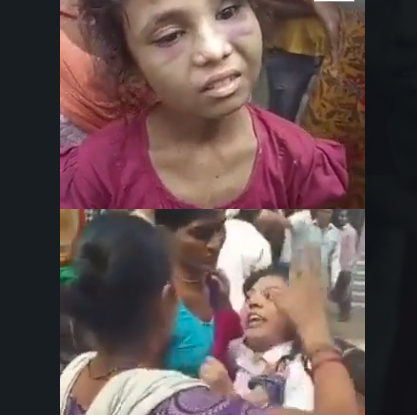India has played a pivotal role in mitigating a projected surge in global poverty, following the World Bank’s revision of the International Poverty Line (IPL) from $2.15 to $3.00 per day (based on 2021 PPP). This change would have otherwise increased global extreme poverty by 226 million, but India's refined data and improved methodology reduced the net increase to 125 million — effectively offsetting over 100 million potential additions to the global poor.
Key Drivers of India’s Impact:
📉 Poverty Rate Decline:
-
Fell from 16.22% in 2011-12 to 5.25% in 2022-23 under the new $3.00/day line.
-
At the older $2.15/day line, poverty in 2022-23 was just 2.35%.
-
In absolute terms, the number of poor in India dropped from 205.9 million to 75.2 million, a fall of over 125 million.
🔍 Improved Survey Methodology:
India adopted the Modified Mixed Recall Period (MMRP) in the Household Consumption Expenditure Survey (HCES):
-
Shorter recall periods for frequently bought items.
-
More accurate estimates of household consumption.
-
Replaced the older Uniform Reference Period (URP).
This methodological shift captured higher, more realistic consumption, resulting in lower poverty estimates.
📊 Other Key Findings from HCES 2023-24:
💸 Average Monthly Per Capita Expenditure (MPCE):
-
Rural: ₹4,122 (₹4,247 with social transfers)
-
Urban: ₹6,996 (₹7,078 with social transfers)
-
In 2011-12: Rural was ₹1,430 and Urban ₹2,630 — near tripling of consumption.
🏙️ Urban-Rural Gap:
-
Narrowed from 84% in 2011-12 to 70% in 2023-24, showing reduced inequality in living standards.
📍 State-Level Gains:
-
All 18 major states reported higher MPCE.
-
Odisha led in rural consumption growth (~14%).
-
Punjab topped in urban growth (~13%).
📉 Consumption Inequality Decline:
-
Gini coefficient (0 = perfect equality, 1 = maximum inequality):
-
Rural: fell from 0.266 to 0.237
-
Urban: dropped from 0.314 to 0.284
-
🌍 Global Implications:
The World Bank's IPL update incorporated:
-
Revised national poverty lines
-
Enhanced measurement of food and non-food consumption
-
New 2021 PPP adjustments
India’s example demonstrates that sound policy, honest data, and refined techniques can create real, measurable reductions in poverty, even under stricter global thresholds.
🗣️ Government Perspective:
The Indian government called this "a story of technical refinement meeting policy results," signaling that evidence-based governance and methodological integrity are essential to achieving transformational outcomes.
This places India not only as a model for poverty reduction but also as a key contributor to shaping global economic development benchmarks.



